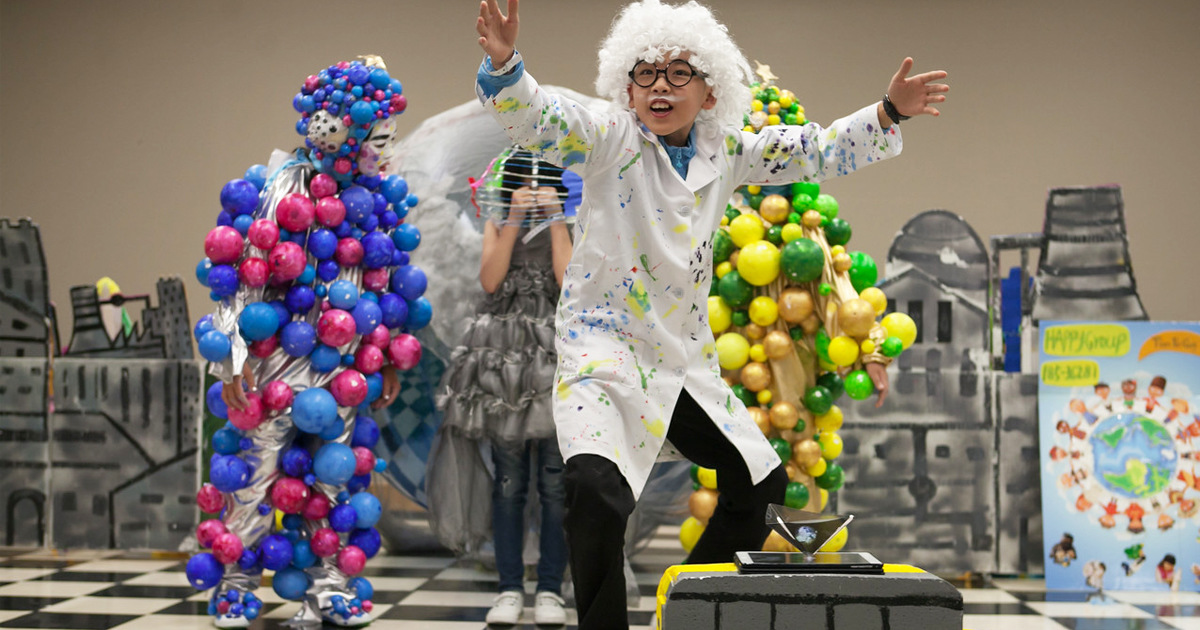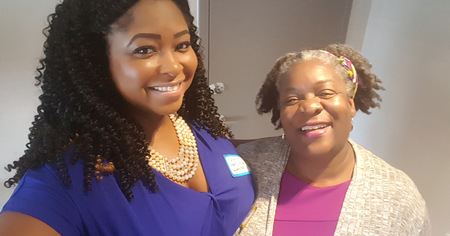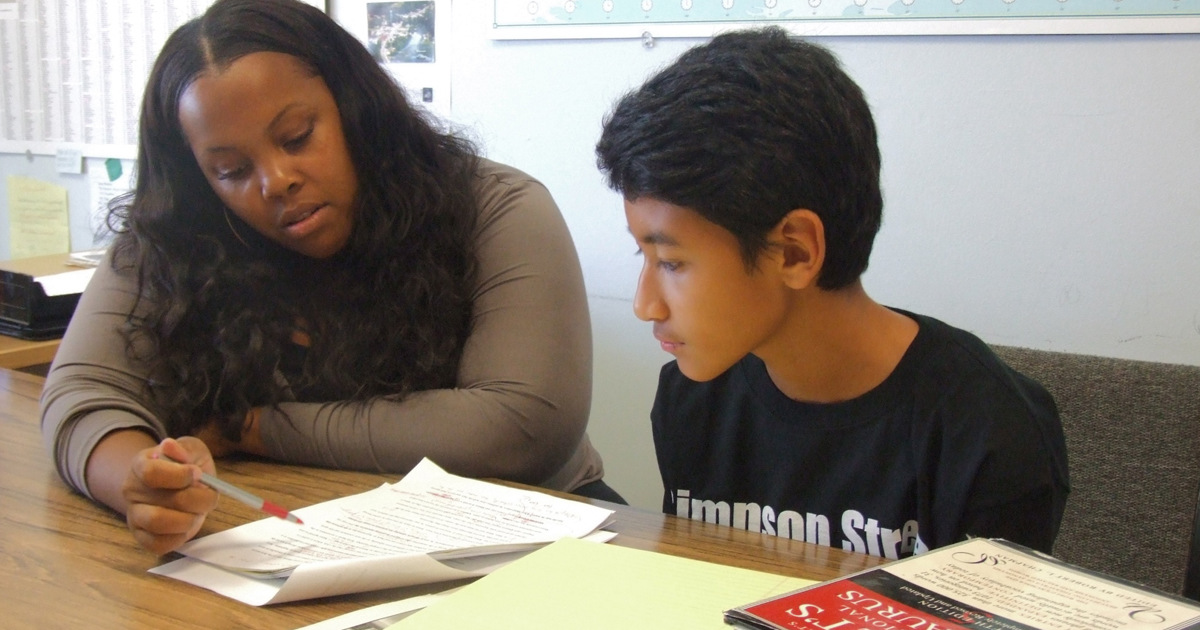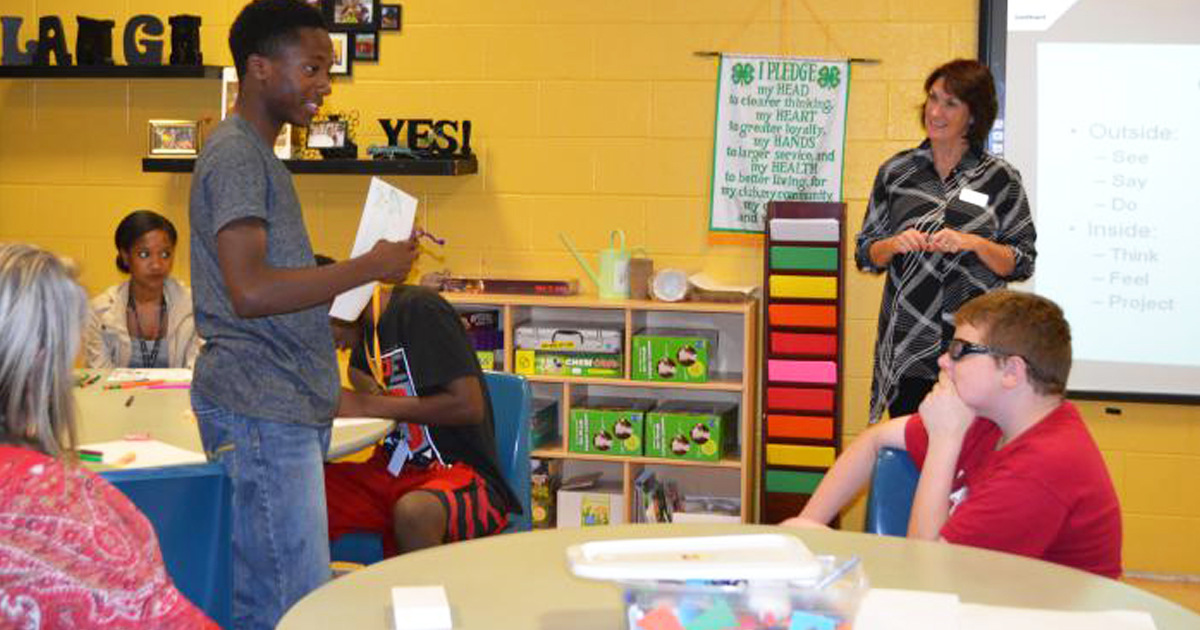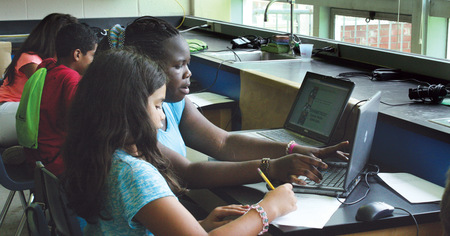Professional Development
NAA publishes fresh, new content every week covering a wide variety of topics related to the field of aftershool. In addition, NAA offers a variety of opportunities for virtual professional development (PD) through meaningful content, conversations and connections. Click here to see full descriptions of virtual PD offerings.
Why the School Meal Flexibility Rule Matters for Afterschool
Tuesday, 12 December 2017 06:19The U.S. Department of Agriculture (USDA) recently published a new School Meal Flexibility Rule that will weaken nutrition standards aimed at reducing sodium and increasing whole grains for meals provided under the USDA's National School Lunch and School Breakfast Programs.
STEM vs. STEAM: Why the “A” is Essential
Tuesday, 28 November 2017 06:07In recent years, there has been momentum to include the arts in STEM (science, technology, engineering and mathematics) learning.
An Unlikely Reunion: The Story of Two Afterschool Professionals Who Reconnected at NAA17
Monday, 20 November 2017 05:58In 1993, Tameyer Evans was a sixth-grader at Coan Middle School in Atlanta, Georgia.
Easy Fundraiser: Raise Over $600 While Expanding SEL
Monday, 20 November 2017 05:54The high school years can be a challenging time for youth. These students are dealing with harder classes, busier schedules, complex relationships and increasing pressure to have a post-graduation plan.
A Look at Literacy: La Prensa Libre de Simpson Street
Tuesday, 14 November 2017 05:08The Afterschool Alliance, in partnership with Dollar General Literacy Foundation, recently honored La Prensa Libre de Simpson Street in Monona, Wisconsin, for demonstrated excellence in helping develop literacy skills of English language learner students.
What If “Soft Skills” Are as Important as STEM Skills?
Tuesday, 14 November 2017 05:03For the past decade or so, STEM topics have been among the top priorities in education, and for good reason. Science, Technology, Engineering and Math (STEM) are all subjects students need to understand as we move forward into our increasingly technological future.
Better Parent Engagement Improves Afterschool Performance
Tuesday, 07 November 2017 05:10One of the most important benefits of an afterschool program is that it widens young peoples' interests and gets them involved in a variety of activities to foster their personal growth.
Five Ways to Teach Kids to Value Improvement Over Winning
Tuesday, 07 November 2017 05:03One of my 2-year-old daughter's favorite activities is playing with blocks. She enjoys exploring their shape and texture as well as sorting them by color and size. Her ultimate fun is tower-building.
6 Principles of Net Neutrality and How They Support STEM
Tuesday, 07 November 2017 00:00Today we find ourselves in the midst of an information revolution—the internet has grown and weaved itself completely into our lives. Work, communication, shopping, banking, news and education are all increasingly only available with an internet connection.
National AfterSchool Association • 2961A Hunter Mill Road, #626 • Oakton, VA 22124 • info@naaweb.org



